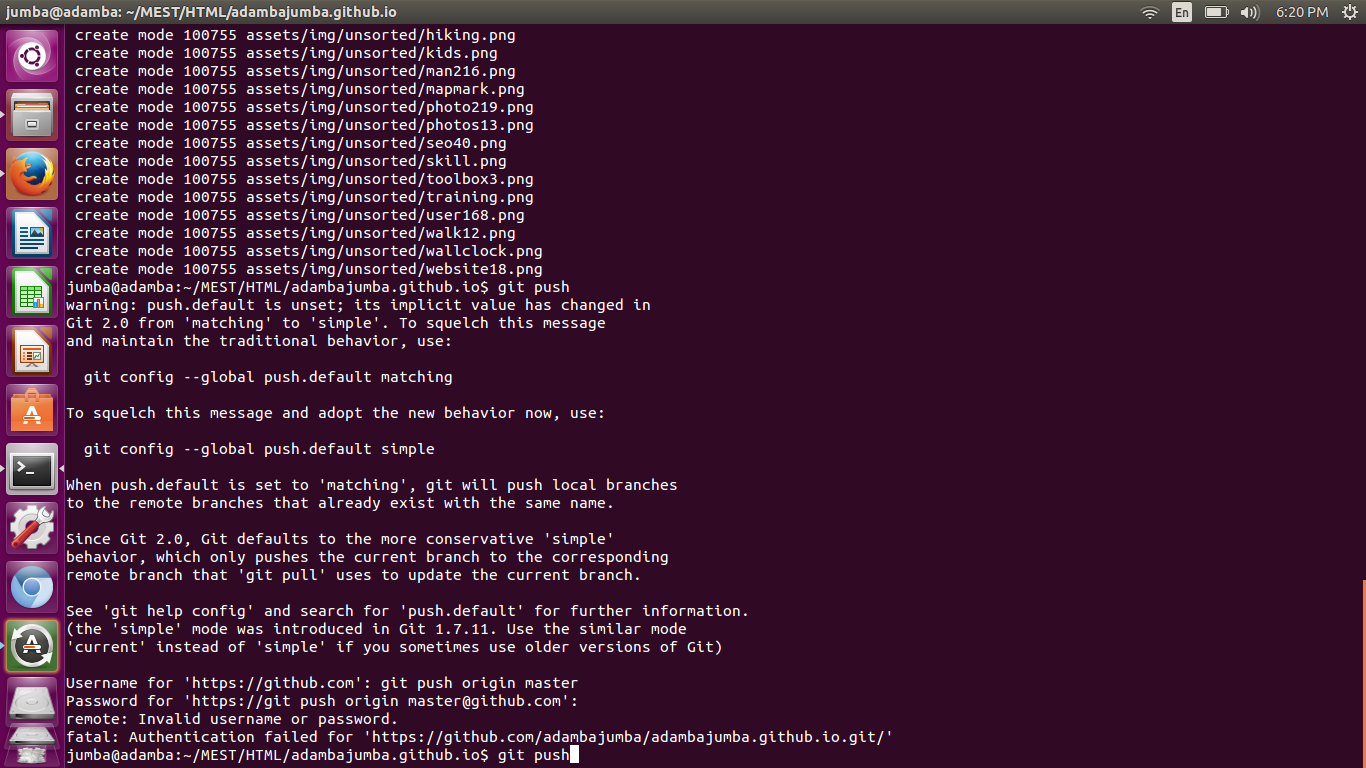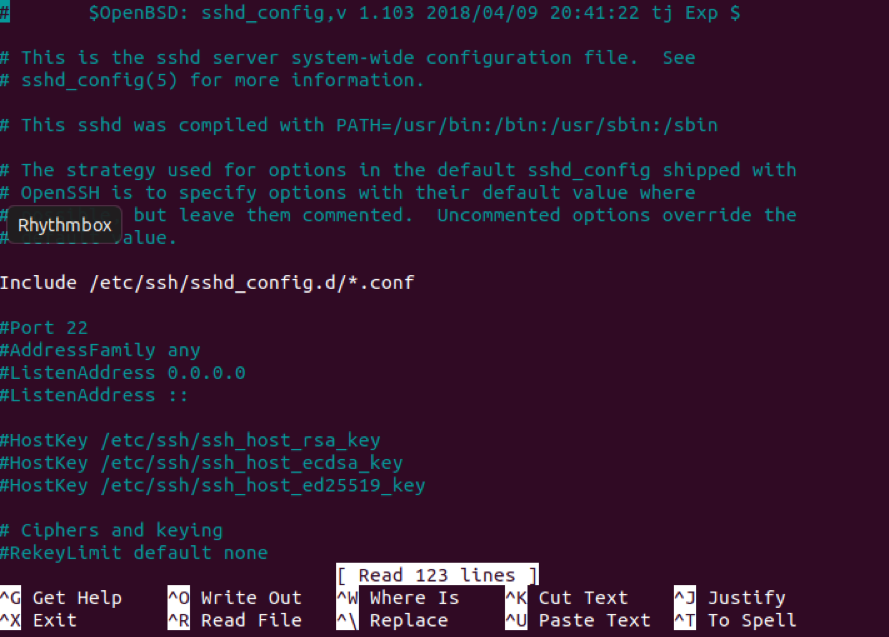If you are even a tad bit familiar with SSH, you know that you can use it to connect to remote Linux systems.
Store API keys, passwords, certificates, and other sensitive data. BeyondCorp Enterprise Zero trust solution for secure application and resource access.
- Install sshpass. Alter your.ssh/config file to include the username as listed in the question. Add an alias to your terminal (I used.bashrc and would recommend against gloabl settings) Use alias to log into the target My example alias is: alias ssc='sshpass -pcisco ssh'.
- MYPASSENVVAR=SomePassword MYPASSWDFROMFILE=$ (ssh/config section looks like this: Host MyHostname Port 22 Hostname 2.1.2.2 User merrydan #Passvar MYPASSENVVAR #Password Some!Password. If a #Passvar exists in the config section this overrides the #Password.
- No, it is not possible. The configuration options are described in the manual page for sshconfig and there is no such option as Pass. There are no patches (at least I didn't see any during the years yet), because it is very insecure to store passwords in plain text.
Using SSH to connect to remote system is simple. All you need to do is to use a command like this:
This connects to the default SSH port 22. You may specify the port as well if you want.

Now this is all plain and simple if you just have one server. Even if you don’t remember the server’s IP address, you can perform a reverse search to the history using the famous terminal keyboard shortcut Ctrl+R and find the SSH command you used in the past.
But things get complicated when you have several servers to manage. I have around ten servers that I connect to from time to time. Some are production servers and some are test servers.
Now keeping a track of these servers is not easy. Even if I can find the SSH commands from the history, it is difficult to guess which IP belongs to which server.
Of course, I can open my dashboards on Linode, UpCloud, DigitalOcean and Google Cloud to get the IP or keep a list on my local system.
Wineskin para mac os mojave. A better and easier way is to use SSH config file.
Using SSH config file for easily connecting to remote servers
The SSH config file allows you to create different profiles for different host configurations. There is no limit to such profiles and you may add as many as possible.
So, if you connect to multiple remote systems via SSH, creating SSH profiles will be a good move to save your time.
Let me show you how to use it.
Step 1: Create the SSH config file
When you install SSH, you’ll have a ~/.ssh directory created automatically. This direct contains your public key, private key a known_hosts file. Your config is also stored here.
At least on Ubuntu, the SSH config file is not created by default. You can easily create this file using the touch command like this:
Step 2: Add an SSH profile in the config file
Now that you have the SSH config file, you can edit it using Vim or Nano. Let me show you an example of the syntax which you should follow.
Let’s say you connect to a server with IP 275.128.172.46. Your username is Alice and the server is used for hosting your website. To harden SSH security, you use port 1500 instead of the default SSH port 22.
You can add all this information in the following manner in your ~/.ssh/config file:
Just save the information in the file. No need to restart any service.
Now, instead of writing a long command like this:
You can just use this command (tab completion works as well):
When you run the above command, ssh looks for a Host named website in the ~/.ssh/config. If it finds a host with that name, it gets all the information related and used it for making an SSH connection.
You might wonder about a few things, so I’ll mention it here:
- There is no space or tab indention restriction while entering the host information. Space or tab indention are used for making the config file easily understandable.
- The Hostname can be the IP address of the server or a hostname that can be resolved on your network.
- All the parameters like hostname, user and port are optional. However, I personally advise keeping at least hostname because that’s what you need (and you forget) most of the time.
- If your SSH config file is wrongly configured, it will result in an error when you try to use it for SSH connection.
- You cannot save passwords in SSH config. I advise adding your public SSH key to the server for easy access.
Step 3: Adding multiple profiles in SSH config file
The previous step gave you an idea about how to add an SSH profile. Let’s take it to the next step by adding multiple profiles in it.
Here’s what the SSH config file looks like now:
Ssh Config Remember Password
This time, I have added four different SSH profiles in it.
Did you notice the Host * entry at the end of the file? You can use this entry to for adding a parameter common to all profiles if that parameter hasn’t been mentioned for the profile explicitly.
So if I try to use the main-server SSH profile, it will automatically take root user.
ssh main-server = ssh root@275.128.172.49
Order of the SSH configuration
The ssh configuration follows the following order:
- command-line options
- user’s configuration file (~/.ssh/config)
- system-wide configuration file (/etc/ssh/ssh_config)
This means that the priority is given to the command you enter and then it looks into ~/.ssh/config and then in /etc/ssh/ssh_config.
Ssh Config Save Password Windows 10
So, if you want to override a profile, you can do that using the -o option of the ssh command.
For example, if I use this command:

It will take user bob instead of the user alice as defined in the ~/.ssh/config (in the previous step).
There’s a lot more to SSH config
To be honest, there is so much more to SSH config file that cannot be covered in a single article. You can use name/IP matching, subnets and what not.
The scope of this article was to introduce you to SSH config and help you create SSH profiles for easily connecting to various remote Linux systems.
You can always refer to the man page of ssh_config to know more about the parameters you can use while creating your SSH config file.
Ssh Using Username And Password
I hope this SSH tip was helpful to you. If you already use SSH config file and have a some nifty tip with you, do share it with the rest of us in the comment section.

Become a Member for FREE
Join the conversation.
